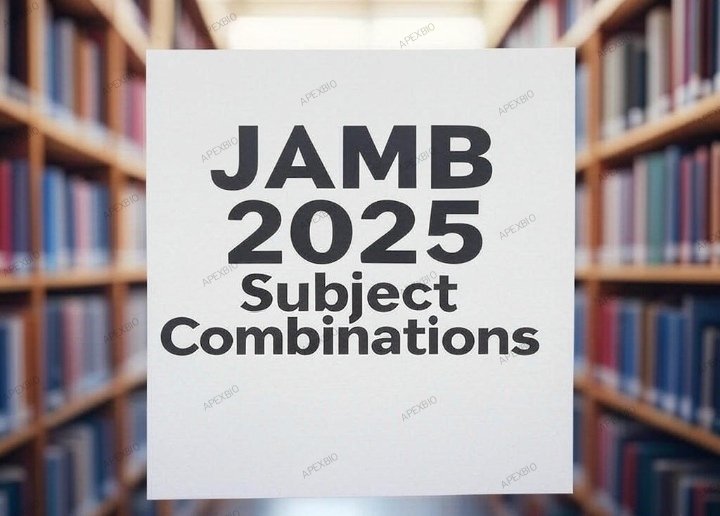The Beginning
The establishment of the Joint Admissions and Matriculation Board (JAMB) is one of the most significant government initiatives in Nigerian educational history. The organization was established in 1978 during General Olusegun Obasanjo’s military rule. One of it’s primary assignment was to scrutinize the ability of admission seekers through examination. JAMB was created under Decree No. 2 of 1978 furring the regime of General Olusegun Obasanjo.
Having issues with JAMB registration? See ways you can rectify them
RESPONSIBILITIES
At first, JAMB was actually assigned with a simple responsibility. Which was making sure, that the procedures through which students gain admission are transparent and straightforward. However, the body was only tasked with the responsibility of doing this in universities, exempting polytechnics and college of education.
This was very ineffective in promoting the smooth running of these college of education and polytechnics and also considering the massive increase in the number of students being admitted in these institutions. To help in reducing this problem, the scope of JAMB was expanded. The Nigerian government made some changes to the decree by including other tertiary institutions, such as polytechnics and colleges. Consequently, this shift increased the responsibilities and functions of the JAMB. Thus making it one of the most prominent structures in coordinating the activities of post-secondary academics.
Pre-JAMB ERA
Prior to the creation of JAMB, admission could only be attained directly through Advanced Level of General Certificate of Education (GCE A/L) or through concessional entrance examination. Only six major institutions, referred to as first-generation universities, existed at this time. These were the esteemed University of Nigeria, Nsukka in the east, the University of Benin, the University of Ibadan, the University of Ife, the University of Lagos, and Ahmadu Bello University in the north.
The establishment of JAMB was prompted by the massive expansion in the number of universities, the number of applicants, the inconsistencies, inefficiencies, and lack of coordination in the pre-JAMB admissions process.This significantly streamlined the admissions procedure by replacing the earlier distinct exams for colleges of education, universities, and polytechnics. Candidates can now apply to more than one type of institution using a single exam thanks to the UTME’s more inclusive and unified approach. This innovation also came with a Computer-Based Testing (CBT) system, which was introduced in 2013 to curb examination malpractice and improve efficiency. By 2015, JAMB had fully transitioned to the CBT system.
Learn about items banned by JAMB
Challenges
Even though JAMB was established to eradicate the corruption and inconsistencies that existed before it was established, it has encountered difficulties such as examination malpractice, corruption, and criticism regarding the conduct and openness of its exams. Stricter monitoring and verification procedures, such as the use of CCTV cameras and biometrics, have resulted from this. An illustration of this is the Central Admissions Processing System (CAPS). They allowed institutions to automate admissions procedures while maintaining transparency.
JOIN US ON THESE SOCIAL MEDIA PLATFORMS
Twitter@apexbio24
Achievements and Legacy
The goal of every institution or organization is make serious impact in the sphere it was created for. From 1978 when the institution was created, there has always been efforts and promote the quality and process of academic attainment in the country. One of the results created by these efforts is the introduction of the Unified Tertiary Matriculation Examination (UTME) in 2010.
Things you should know about JAMB examination
The aim of this examination is using individuals results determine to determine who enters the university. The results will guide the students into the university of their choice although they will still be tested. The UTME helped change the perspective of the admissions in Nigerian universities. Eliminating the bias and socio-cultural limitations that surrounded education. Thus, ensuring that students despite their social, cultural and economic history get am opportunity to come into the university.
Today, the Unified Tertiary Matriculation Examination (UTME) is taken by annually. By millions of admission seekers, standardizing their entry into universities, polytechnics, and colleges of education. Ensuring that these candidates go through a uniform examination, also removing all forms of inequalities in the selection process. Its history role and existence in the Nigerian educational institution is one that cannot be easily faded.
You can also learn about Scholarships, WAEC and academic related information on our page.







3 comments